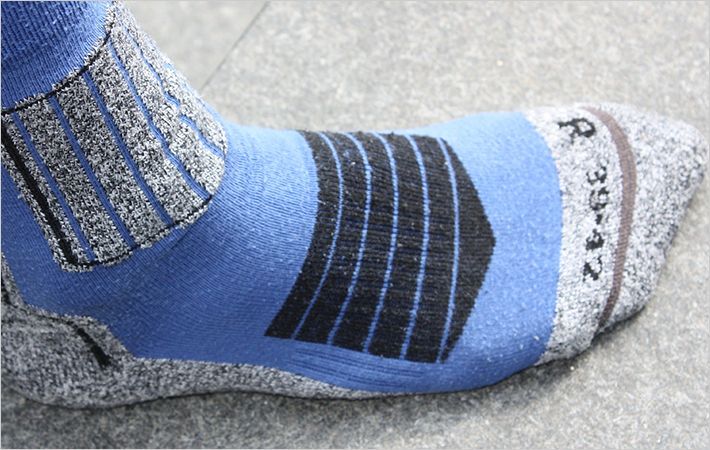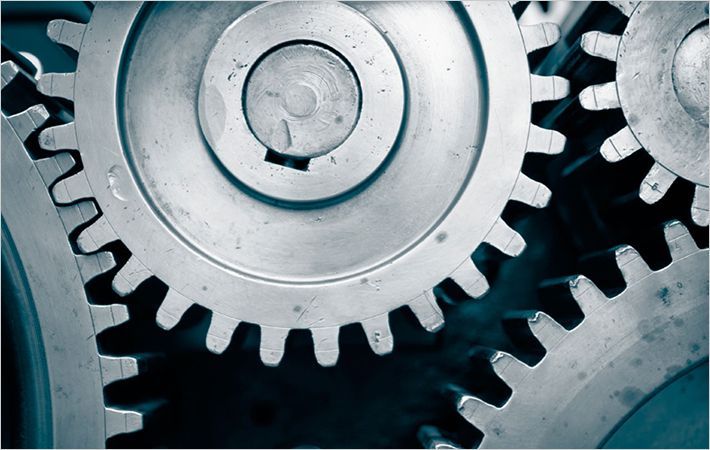The Hohenstein Institutes in Boennigheim have recently cooperated with the University of Applied Forest Sciences Rottenburg to become one of the few centres for testing protective clothing for users of hand held chainsaws according to DIN EN 381.
The Hohenstein experts are now able to test and certify products for the protection of users of hand held chainsaws for manufacturers of personal protective equipment within 10 to 14 working days.The Hohenstein Institutes in Boennigheim have recently cooperated with the University of Applied Forest Sciences Rottenburg to become one of the few centres for testing protective clothing for users #
The fabric of cut resistant clothing contains very long, loosely connected fine tear resistant threads which provide protection against cuts from hand held chainsaws. If the chainsaw touches the garment, it gathers up the threads which wind themselves around the sprocket. The sprocket is then blocked and the saw stops instantly. The protective effect is tested by determining the rate of cut resistance.
There should be no damage to the layer of fabric nearest the skin. The test is carried out after five washes or dry cleaning cycles following the care instruction label. This guarantees that the clothing protects the carrier from injuries after normal use and laundering. Any seams in the protective garment will be clamped into special equipment and tested. Apart from testing the fabric for its protective quality, Hohenstein also determines and tests ergonomic factors such as a correct fitting.
Cut resistant garments are divided into different classes according to the speed of the chainsaw in the test. Class 1 withstands a chain speed of 20 m/s, Class 2 a speed of 24 m/s and Class 3 a speed of 28 m/s. Cut resistant trousers also differ in the form of the reinforced protective parts. Leg protection in form A and B is mostly at the front. Form C offers complete protection at the front and back (inside and outside) of the trousers. Cut resistant trousers are tested differently according to their form: six test cuts are carried out on the front of form A and B trousers. Four test cuts are carried out on the front of the leg protection of form C trousers and four test cuts on the back.
The Hohenstein Institutes

